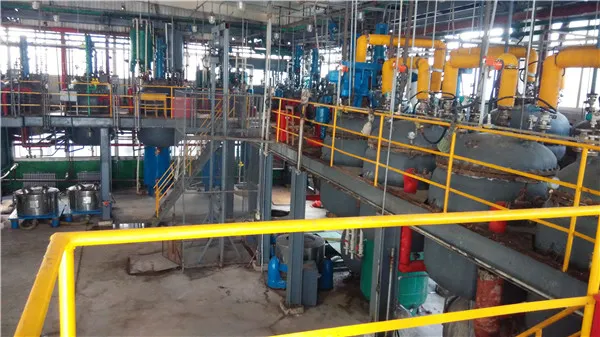Types of Flocculants in Water Treatment
Water treatment is a crucial process that ensures the delivery of clean and safe drinking water to communities worldwide. One of the key components of this process is flocculation, a method used to aggregate fine particles suspended in water so they can be removed more easily. Flocculants are chemical agents that promote this aggregation process, and they come in various types, each with distinct properties and applications. Understanding the different types of flocculants is essential for optimizing water treatment processes and achieving desired water quality standards.
1. Organic Flocculants
Organic flocculants are widely used in water treatment due to their effectiveness and versatility. They can be further subdivided into synthetic and natural organic flocculants.
Synthetic Organic Flocculants
Synthetic organic flocculants are typically polymers derived from petroleum products. They include polyacrylamides and polyethylene oxides, which have high molecular weights that facilitate the formation of stable flocs. These flocculants are effective in treating a variety of water types, including industrial wastewater, municipal sewage, and surface water. Their ability to reduce turbidity and improve settling rates makes them indispensable in modern water treatment facilities. However, environmental concerns regarding the biodegradability and potential toxicity of some synthetic flocculants are prompting researchers to explore greener alternatives.
Natural Organic Flocculants
Natural organic flocculants are derived from plant or animal sources, such as chitosan from crustacean shells or starches from various crops. These flocculants are biodegradable and considered environmentally friendly options for water treatment. They are particularly useful in treating low turbidity waters and can be effective at lower dosages compared to synthetic alternatives. The use of natural flocculants is gaining popularity, especially in regions where sustainability is a priority.
2. Inorganic Flocculants
Inorganic flocculants are another category used in water treatment, primarily composed of metal salts. The most common inorganic flocculants include aluminum sulfate (alum), ferric chloride, and ferrous sulfate. These compounds work by neutralizing the negative charges of suspended particles, allowing them to clump together and settle.
types of flocculants in water treatment

Aluminum Sulfate
Aluminum sulfate (alum) remains one of the most widely used flocculants due to its effectiveness and cost-efficiency. When added to water, alum dissociates to release aluminum ions, which interact with colloidal particles, encouraging floc formation. Alum is suitable for a range of applications, from municipal water treatment to industrial processes.
Ferric Chloride
Ferric chloride is another effective inorganic flocculant, particularly useful for treating water with high organic matter content. It functions similarly to alum by forming precipitates that trap contaminants, facilitating their removal. Ferric chloride is favored in many wastewater treatment plants for its versatility and efficiency in a variety of conditions.
3. Modified Flocculants
In recent years, modified flocculants have emerged as a new category aimed at enhancing the performance of traditional flocculants. These modifications can include changes to the molecular structure, particle size, or even the incorporation of specific functional groups to improve flocculation efficiency under varying conditions.
Modified flocculants can be synthetic or natural and are often designed to be more effective in specific water qualities, such as those with high levels of turbidity or a challenging pH range. The development of smart flocculants that can adapt to changing water conditions represents a promising frontier in water treatment technology.
Conclusion
The choice of flocculant plays a critical role in the efficacy of water treatment processes. Organic flocculants, both synthetic and natural, provide versatile options for various water qualities, while inorganic flocculants like aluminum sulfate and ferric chloride remain industry staples due to their effectiveness and low cost. As environmental concerns continue to shape the water treatment landscape, the development of modified flocculants and natural alternatives is likely to gain momentum. By understanding the different types of flocculants available, water treatment professionals can make informed decisions that enhance water quality and promote sustainability. As the demand for clean water grows, so too will the innovations in flocculant technology, paving the way for more efficient and eco-friendly water treatment solutions.

